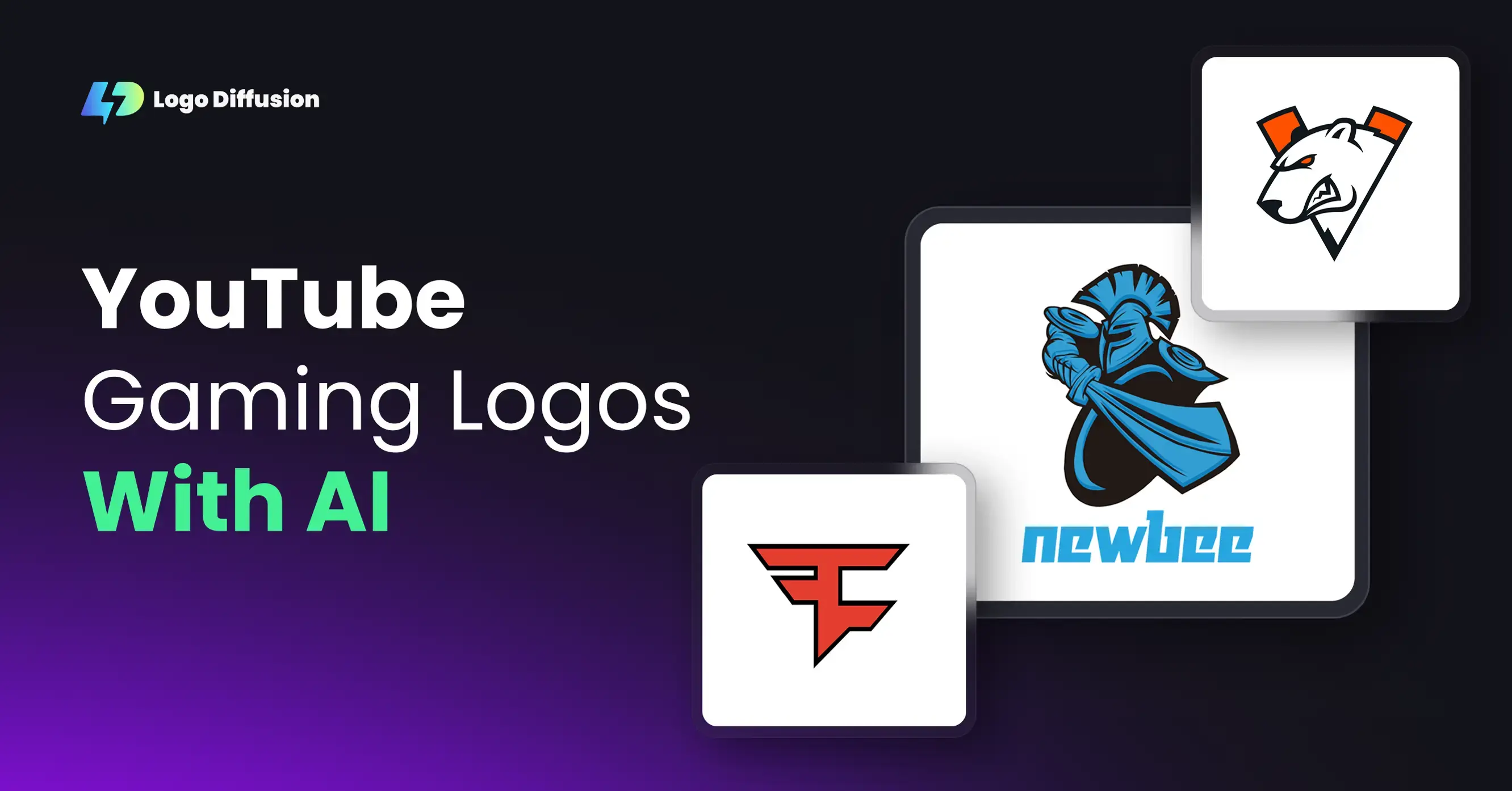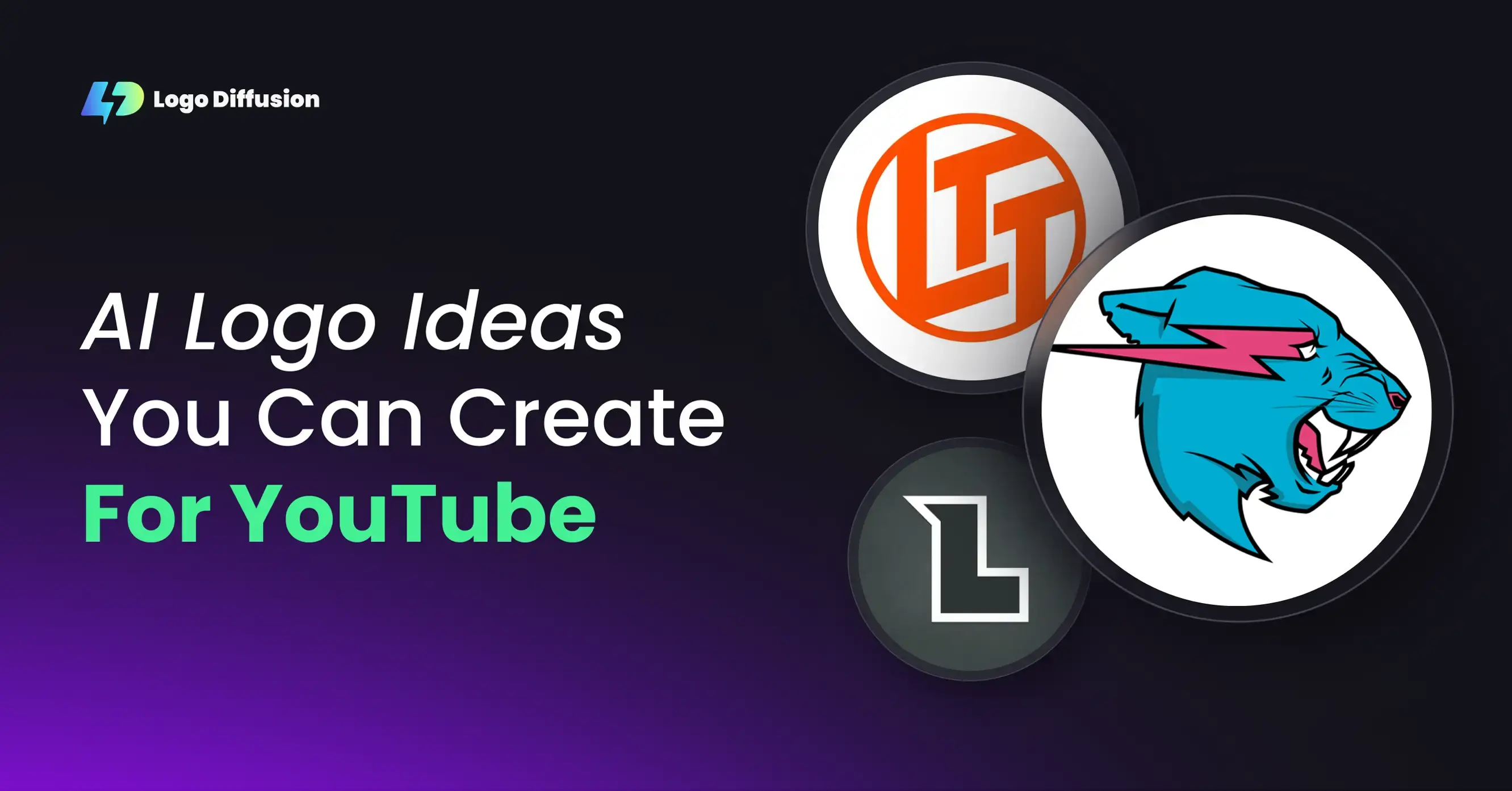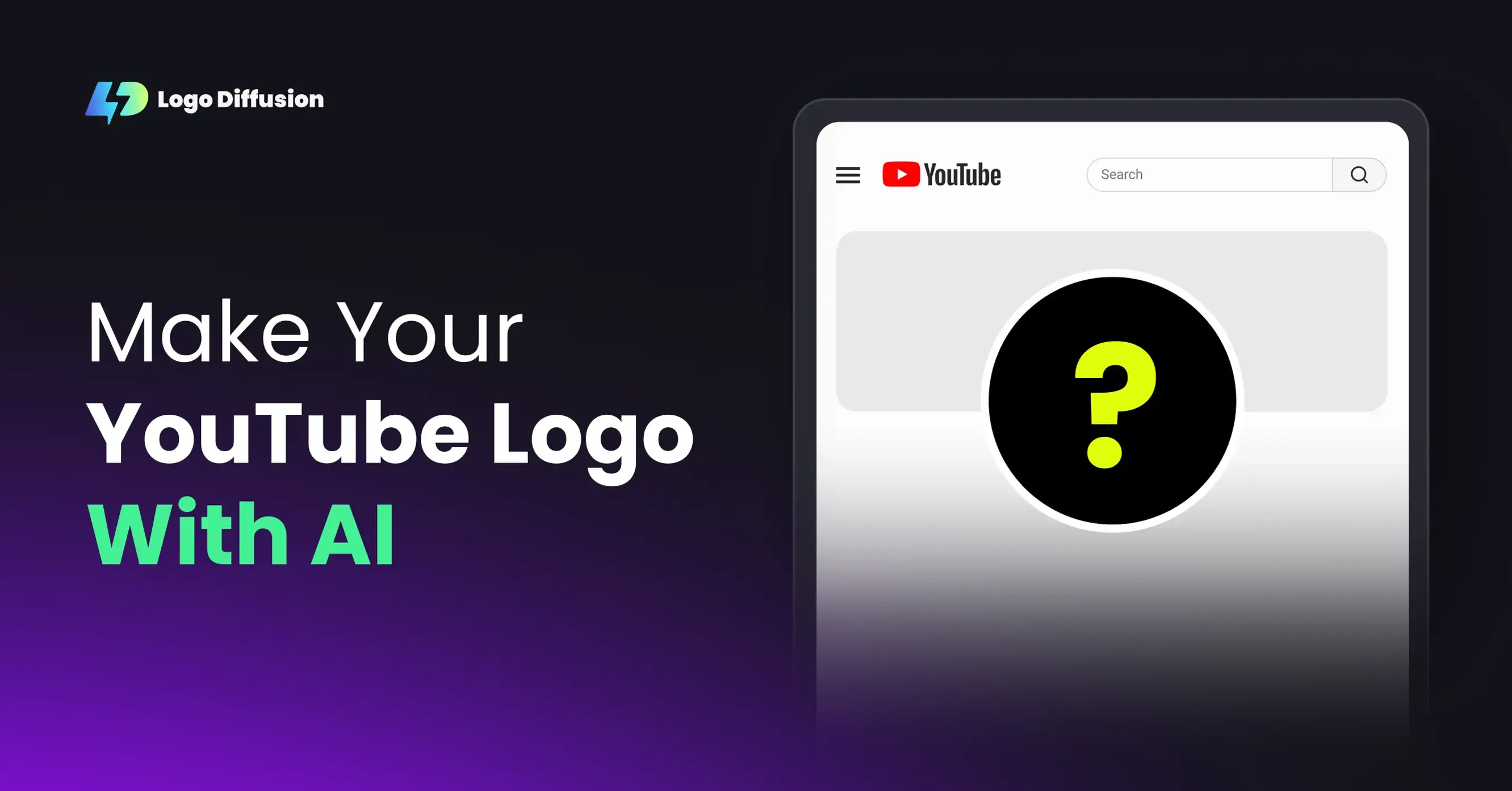

Neural Style Transfer (NST) is a technology that blends the structure of one image with the artistic style of another. For logo design, it allows businesses to refresh or create logos by combining their brand identity with new artistic styles. Tools like Logo Diffusion simplify this process with features like:
- Text-to-Logo: Turn written descriptions into logos.
- Sketch-to-Logo: Refine rough sketches into polished designs.
- Style Transfer: Add specific artistic styles to existing logos.
- 2D-to-3D Conversion: Transform flat designs into 3D logos.
NST benefits include faster prototyping, easier style experimentation, and high-quality, scalable outputs. However, challenges like maintaining brand consistency and refining complex styles require careful balance between AI tools and human creativity.
| Feature | What It Does | Application |
|---|---|---|
| Style Library | 45+ design styles | Incorporate trending aesthetics |
| 3D Conversion | Turn 2D designs into 3D | Add depth for digital/VR platforms |
| Vector Export | High-quality, scalable files | Suitable for all media formats |
How NST Works in Logo Design
Neural Style Transfer (NST) is changing how logos are designed and updated. By using deep neural networks, NST allows designers to control both the style and structure of a logo with precision.
Updating Existing Logos
For brands with established logos, NST offers a way to refresh designs without losing their core identity. It analyzes the key elements of a logo and applies updated styles while keeping the brand recognizable.
Logo Diffusion's "Logo to logo" feature is a great example of this process. It offers precise controls for:
- Style intensity and color palettes
- Compositional balance
- Vector output quality
This makes it an excellent tool for brands looking to:
- Update their visual identity
- Create seasonal or event-specific variations
- Adapt logos for different platforms
- Experiment with new artistic directions
By doing so, brands can modernize their logos while maintaining consistency across various uses.
Building New Logos with AI
NST isn't just for refreshing old designs - it also helps designers create entirely new logos quickly and effectively. It combines AI's precision with human creativity to deliver professional results.
| Design Stage | NST Use | Control Options |
|---|---|---|
| Initial Creation | Text-to-logo generation | Style preferences, brand guidelines |
| Refinement | Sketch-to-logo transformation | Composition, element placement |
| Enhancement | Style transfer application | Artistic effects, visual harmony |
| Finalization | 2D-to-3D conversion | Dimension, perspective, lighting |
The in-app editor from Logo Diffusion offers tools for customizing designs further:
- Sketching tools
- Shape and font adjustments
- Color scheme editing
- Background removal
The platform also supports vector exports, ensuring logos maintain quality across all formats - from business cards to billboards. Plus, its upscaling features make it easier to adapt designs for various sizes and applications.
NST and these integrated tools simplify the logo design process, making it faster and more creative.
NST Features in Logo Diffusion

Logo Diffusion uses Neural Style Transfer (NST) and AI-driven tools to simplify and refine logo creation. These tools build on previous NST applications, offering direct input options and advanced design capabilities.
Text and Sketch Input Options
With Logo Diffusion, text prompts can be turned into logos, generating four unique options to experiment with quickly.
The sketch-to-logo feature takes basic drawings and refines them using NST. Essential design tools included in the platform are:
- Digital brushes
- Shape libraries
- Typography tools
These tools help transform rough sketches into polished logos that align with brand identity.
Design and 3D Options
Logo Diffusion goes beyond basic style transfer by offering advanced design features:
| Feature | Capability | Application |
|---|---|---|
| Style Library | 45+ curated design styles | Incorporate trending aesthetics |
| Color Control | Custom palette management | Match brand-specific colors |
| 3D Conversion | Transform 2D designs into 3D | Add depth and dimensionality |
| Export Options | Generate vector files | Ensure scalability for all media |
These features allow users to create dynamic and versatile logos. For example, the 3D conversion tool turns flat designs into dimensional illustrations while keeping the design intact. This is especially useful for:
- Digital presentations
- Product packaging
- Virtual reality content
- Motion graphics
Additionally, users can apply stylistic elements from reference images directly to their logos. Paired with background removal and upscaling tools, Logo Diffusion offers a full suite of features for creating professional, NST-enhanced logo designs.
sbb-itb-384f04f
Benefits and Limits of NST Logo Design
Main Benefits
NST is changing how logos are designed by combining artistic creativity with advanced technology.
Here are some of the key advantages NST brings to logo design:
Greater Creative Control
- Allows precise adjustments to style and composition
- Makes it easy to try out multiple design variations quickly
- Combines different artistic styles effortlessly
Simplified Design Workflow
- Generates logos directly from text prompts
- Refines designs based on sketches
- Enables quick and efficient style tweaks
High-Quality Results
- Produces scalable, high-resolution exports
- Delivers professional-level designs, even for users without expert skills
While these features are impressive, NST does come with certain challenges that need to be addressed.
Current Limitations
Even with its strengths, NST has some drawbacks that can influence the final design.
Technical Challenges
Here are a few technical issues to consider:
| Limitation | Impact | How to Address It |
|---|---|---|
| Style Complexity | Complex styles may require extra refinement | Start with simpler styles for better results |
| Design Specificity | Text prompts might not fully capture intent | Use sketches for more precise control |
| Brand Consistency | Style changes could affect brand identity | Balance creativity with brand guidelines |
Balancing Creativity and AI
Striking the right balance between AI-generated designs and human input is essential. Designers should:
- Regularly review NST outputs to ensure they align with the brand
- Maintain control over the creative direction
- Adjust and fine-tune designs as needed
NST is best used as a tool to enhance creativity, not as a replacement for design expertise. By understanding its strengths and limitations, designers can use NST effectively to create logos that maintain both brand identity and high-quality standards.
What's Next for NST in Logo Design
New Research Areas
Neural Style Transfer (NST) is advancing quickly as researchers refine algorithms to maintain brand identity while introducing creative transformations.
Improved Style Blending
Researchers are enhancing techniques to combine multiple design elements with greater subtlety. These improvements help designers:
- Develop visually consistent brand identities
- Retain essential design features
- Create distinctive style variations with ease
Advances in Transfer Learning
Ongoing work in transfer learning is speeding up style application, boosting output quality, and giving designers more precise control over their creations.
These advances are shaping how NST can be applied in practical, real-world settings.
Logo Diffusion's Impact
Building on these advancements, Logo Diffusion incorporates enhanced NST capabilities into its platform. Its approach merges advanced technology with intuitive tools, making it easier for designers to innovate.
Key Features and Progress
| Feature Area | Development Status | Expected Benefits |
|---|---|---|
| 2D-to-3D Conversion | In Progress | Broader adaptability across digital platforms |
| Style Transfer | Ongoing Enhancements | Better creative control and unique designs |
| Vector Processing | Advanced Development | Scalable and production-ready outputs |
Logo Diffusion's tools are transforming logo design by offering:
- AI-driven sketch tools to turn rough ideas into refined designs
- Advanced style transfer options that maintain brand identity
- Built-in vector export for ready-to-use assets
The platform also includes over 45 curated design styles and upscaling tools, allowing designers to explore new ideas while meeting professional standards.
Looking Ahead
Logo Diffusion plans to take logo design even further with:
- Expanded style transfer options for more precise adjustments
- New tools to simplify creating brand assets
- Enhanced AI customization features for tailored designs
These developments aim to simplify the design process while opening up new creative opportunities for both designers and businesses.
Conclusion
NST's tools for logo customization bring a new level of control and efficiency to the design process. Platforms like Logo Diffusion allow designers to merge artistic styles effortlessly while ensuring brand consistency. By turning simple sketches into polished logos, these tools make professional logo design more accessible. The combination of NST technology with user-friendly tools highlights the potential for advanced logo creation.
Tips for Users
To get the most out of NST in your logo design, consider these practical strategies:
Start Simple, Aim High
Kick off your design process with straightforward text prompts or basic sketches. Tools like Logo Diffusion can turn these simple inputs into polished logos by focusing on:
- Concept Development: Generate logos from text, refine sketches, and choose styles.
- Design Refinement: Adjust styles, tweak colors, and perfect layouts.
- Final Output: Export vector files, optimize for different scales, and convert formats as needed.
Take Control of Your Designs
Use key features to fine-tune your work:
- Sketch to outline core elements.
- Apply styles for distinctive looks.
- Remove backgrounds to increase flexibility.
- Convert 2D designs into 3D for added depth.
With intuitive controls, you can tweak colors, themes, and sizes to create scalable logos that align with your brand's vision. Balance creativity with precision to achieve the perfect design.
Elevate Your Brand with the Ultimate AI Logo Maker




































.png)




